How to Remove Smell and Stain in a Car When Your Pet Fails to Contain Itself
How to remove the smell of pet urine from a car interior. The main thing is not to panic and to act quickly.
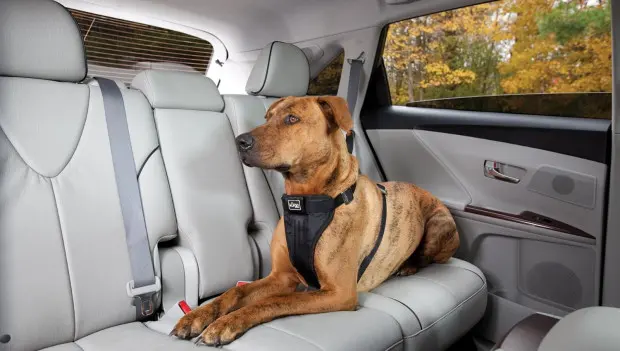
Even the most disciplined pet may one day succumb to emotions or stress, especially in unfamiliar driving conditions. A long trip, heat, traffic jam, or simply anxiety — and the mishap has already happened. Car owners must not panic: the sooner you take action, the higher the chances of eliminating the aftermath without a trace.
First Steps: What to Do Immediately
The first thing to do immediately after the incident is to gently blot the stain. Use paper towels or napkins, and do not rub the liquid into the fabric, as this will make the urine soak in deeper, making the smell harder to remove. Ideally, remove as much moisture as possible in the first minutes. This significantly simplifies subsequent cleaning.
Proven Methods
Home methods can be quite effective at the initial stage. Baking soda and potato starch are time-tested absorbents that absorb residual moisture and partially neutralize odors. Sprinkle the soiled area with a thick layer of powder, let it work for a few hours, then vacuum up the remnants. The smell will already be noticeably reduced, but there is more work to be done.
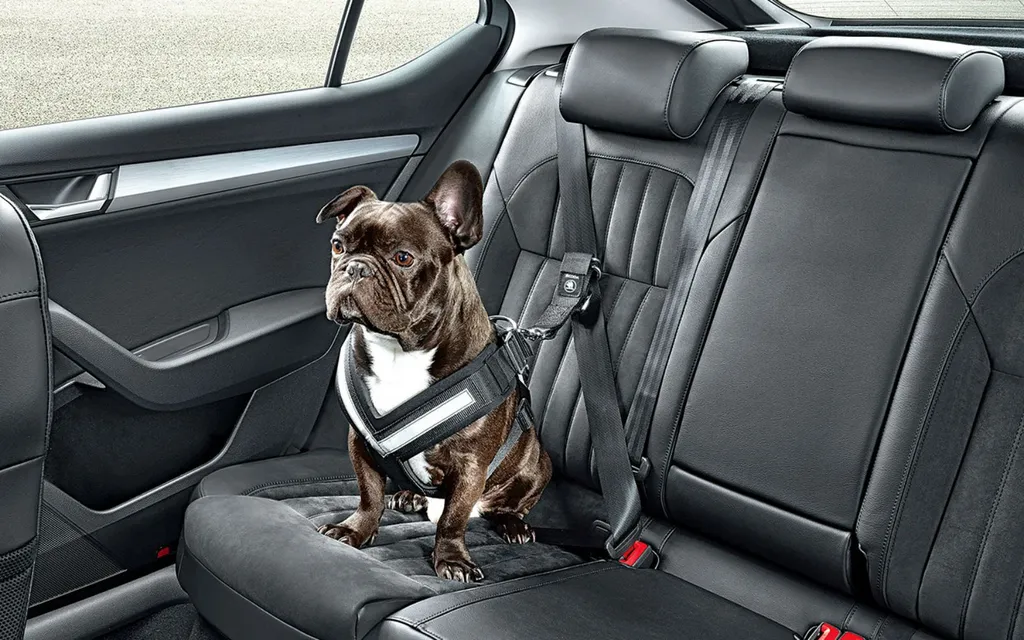
Professional Approach
For a deep cleaning of upholstery, it is better to use specialized products. Ideally, use formulations designed to remove traces of pets — they can be found in pet stores or from professional dry cleaners. These formulas do not mask but instead eliminate the cause of the smell at the molecular level by breaking down the enzyme compounds that cause the odor. Importantly, these products are generally safe for pets — should your friend decide to get cozy again in the cabin, there will be no health threats.
The product should be applied strictly according to the instructions, evenly distributed over the stained area with a soft sponge or brush. After treatment, it is advisable to rinse the area with clean water and blot again to remove chemical residues.
Final Stage
To consolidate the result, be sure to thoroughly air out the car. Open the doors or windows, or even better, park the car in direct sunlight. Ultraviolet naturally helps to eliminate residual odors, especially if the contamination was fresh.
If you often take your pet with you, investing in special reusable covers with a waterproof layer is sensible. They will protect not only from hair but also from unexpected “road emergencies”, relieving you from the need for emergency cleaning.
By the way, such situations are among the most common complaints from car owners with animals. In the USA and Canada, according to automotive dry cleaning studies, every sixth driver has faced such a problem at least once. So it's better to be prepared in advance than to fight the consequences afterward.
You may also be interested in the news:

If Zodiac Signs Were Cars: The All-Wheel-Drive Horoscope That’ll Take You Places
Or: Why This Horoscope Smells Like Gasoline, Personality, and a Little Bit of Therapy
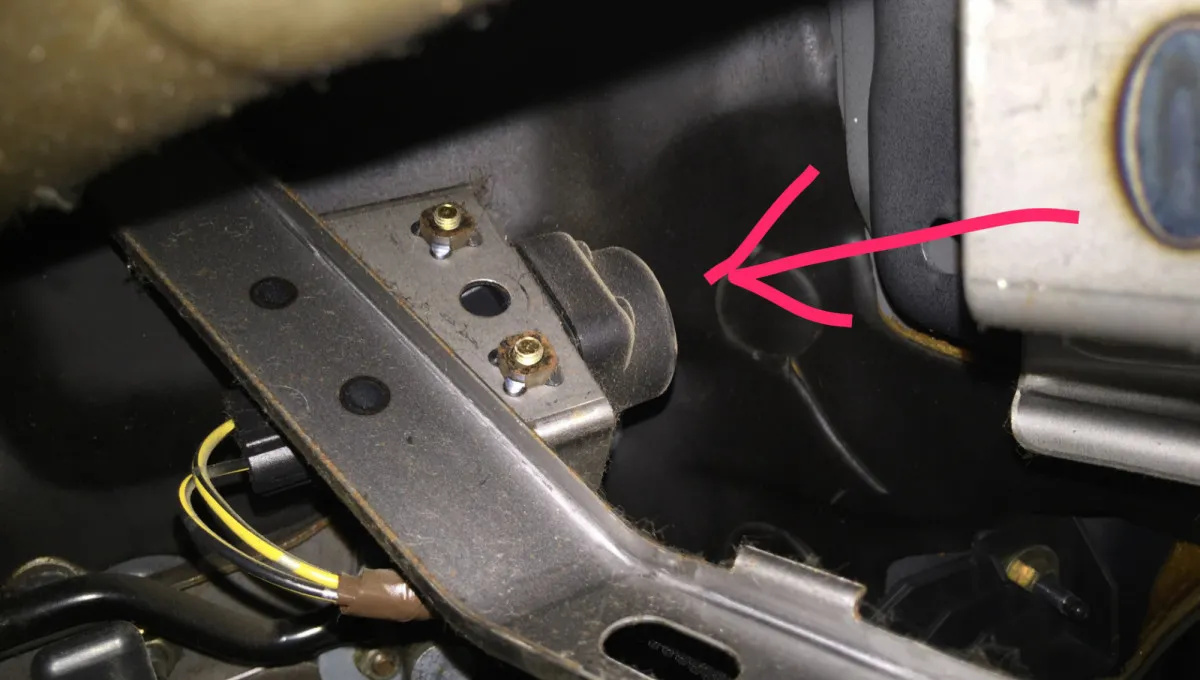
Mystery Button Hidden Under Most Car Dashboards — And Why So Many Drivers Don’t Know It Exists
Modern cars are packed with features and buttons whose purpose can be surprisingly hard to guess.
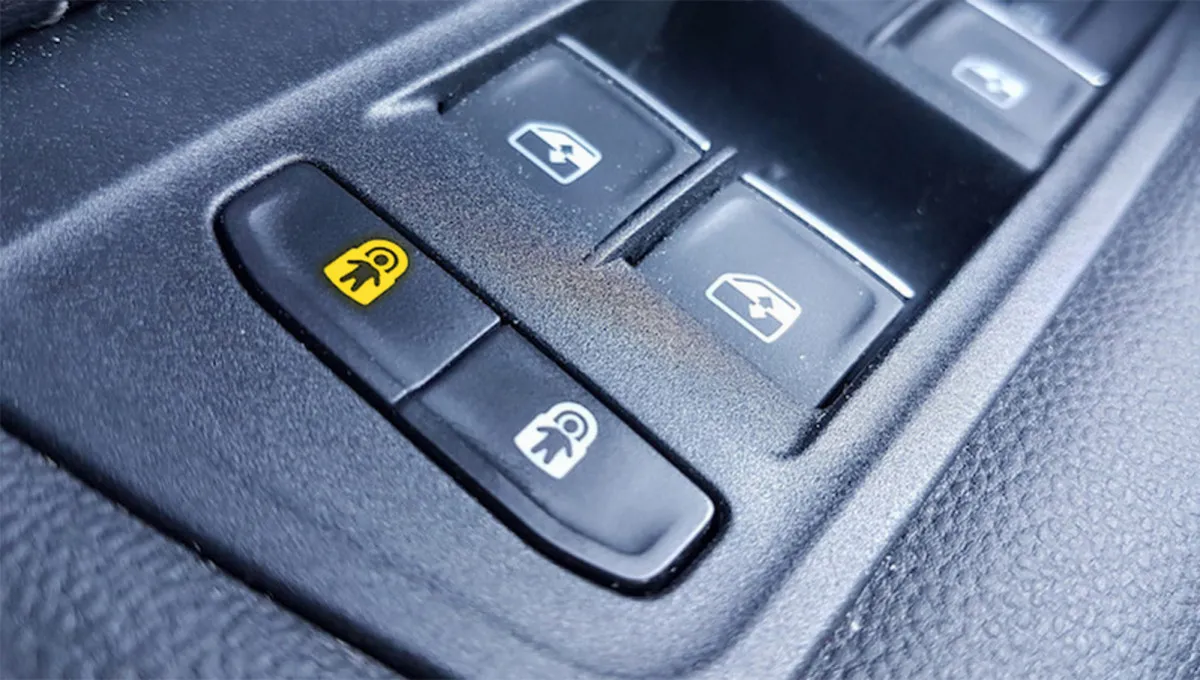
Astronaut Button: What This Mysterious Car Feature Actually Does
Some functions in a modern car make sense only after digging into the owner’s manual — and this little button is a perfect example.
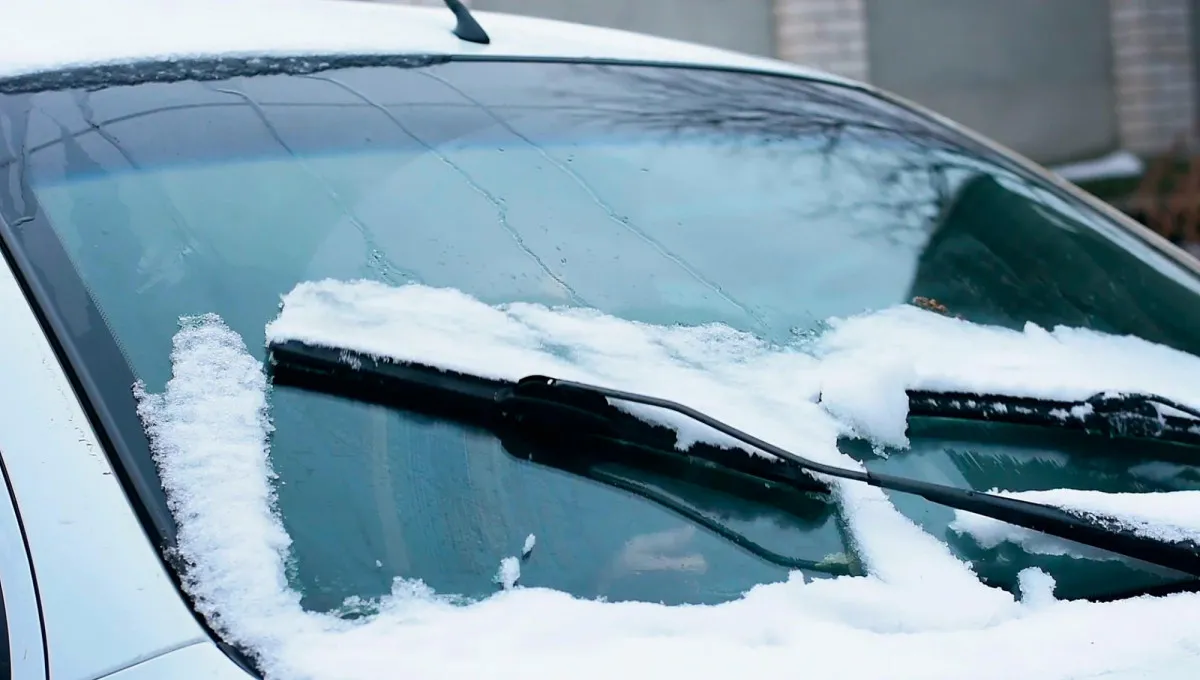
How to Activate Your Wipers’ “Winter Mode” — and Why It Exists
Many drivers can’t help wondering: is this a bug or a feature?
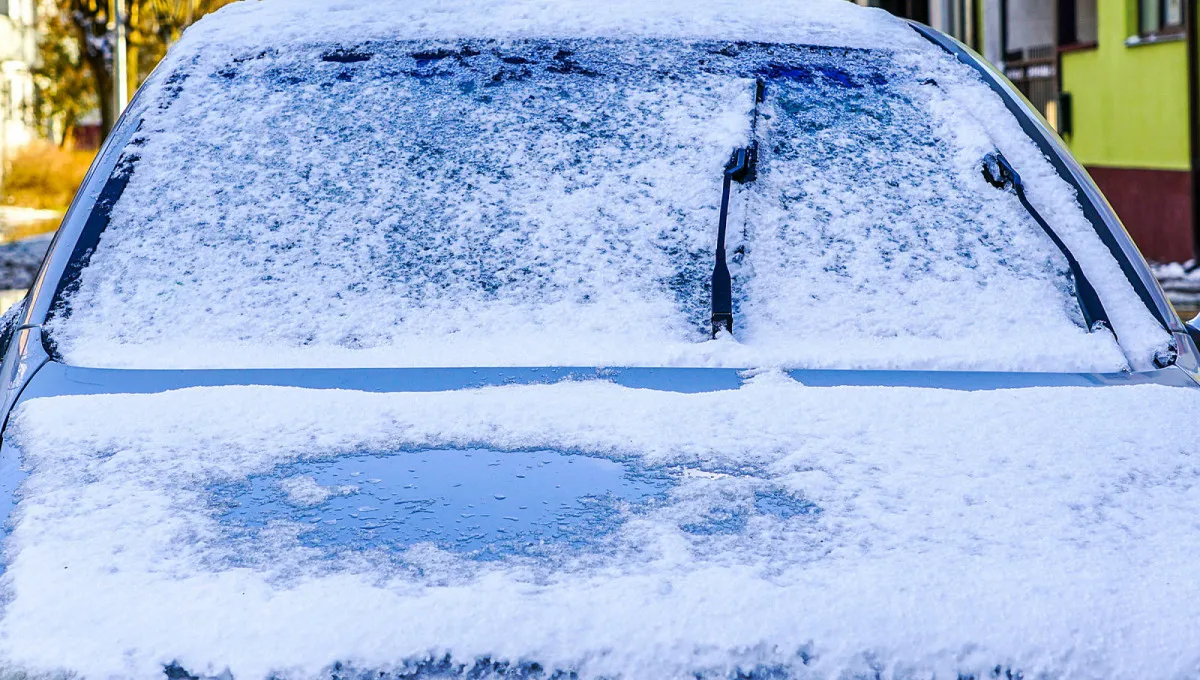
How to Protect Your Windshield from Ice: Helpful Tips and Personal Experience
How can you make sure your car’s windshield doesn’t turn into a sheet of ice overnight?